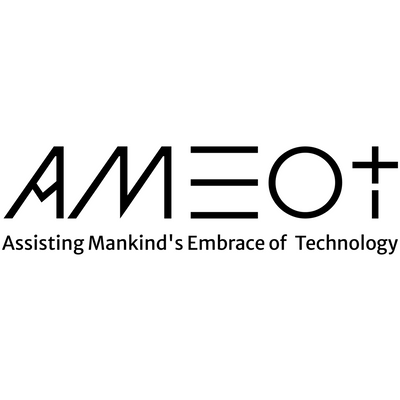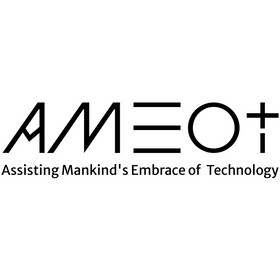AMEOT Reports: The fall of cybersecurity as we know it

Since its inception, the cybersecurity industry has been marred by bureaucracy, compliance, and a plethora of offerings that primarily focus on scanning, hunting, and mitigating losses based on past intelligence regarding threats. This approach might have been adequate in 2002, but as the nature of cyber threats evolved rapidly, the industry’s strategies failed to keep pace. The suffix “-ware” (malware, ransomware, adware, etc.) attached to various malicious entities signaled a shift towards more sophisticated and faster-evolving threats than intelligence gathering could manage.
The Red Team vs. Blue Team Dynamic
Imagine the cybersecurity landscape as a game between the Red Team (cybercriminals) and the Blue Team (cybersecurity professionals). The Red Team continually innovates, creating new forms of malware and ransomware that outpace the Blue Team’s ability to analyze and respond. Economic incentives have dramatically increased the number of players on the Red Team, turning malware creation into a lucrative business and forming alliances with governments, organized crime, and espionage agencies.
Conversely, the Blue Team has become bogged down by cookie-cutter approaches and compliance-driven strategies, treating compliance as the end goal rather than a guideline. This shift has led to a reactive posture, where the focus is on meeting regulatory requirements rather than proactively securing systems. Compliance and regulation, while necessary, are legal instruments, not cybersecurity tools, emphasizing minimal liability over actual security.
The Need for a Security Revolution
To change the way organizations think about cybersecurity, we must shift the focus from compliance to security consciousness. Compliance does not equate to security; an organization can be fully compliant and still lack a robust ransomware or breach avoidance strategy. Compliance is essential in legal contexts but does little to prevent data breaches or cyberattacks.
Statistics and Real-Life Examples:
- Colonial Pipeline Ransomware Attack (2021):
- Cost: $4.4 million ransom paid.
- Impact: Fuel shortages across the Eastern United States.
- Lesson: Despite complying with regulatory standards, the lack of proactive measures led to significant operational and financial disruption .
- JBS Foods Ransomware Attack (2021):
- Cost: $11 million ransom paid.
- Impact: Disruption of meat supply chains in North America and Australia.
- Lesson: Compliance did not prevent the attack, highlighting the need for proactive security measures .
Why the Current Approach Is Insufficient
Traditional cybersecurity spending has risen in direct proportion to the financial losses caused by ransomware and data breaches. This trend suggests that current strategies are inadequate. For instance, Gartner reported that global spending on cybersecurity reached $150 billion in 2021, yet the number of successful attacks continues to climb, with damages from cybercrime expected to hit $10.5 trillion annually by 2025 .
The problem lies in the reactive nature of traditional tools. They are perpetually vulnerable to novel threats, which evolve faster than threat intelligence can keep up with. The reliance on compliance as a measure of security has led to a false sense of safety, while the actual risk landscape continues to deteriorate.
Proactive Security: A Paradigm Shift
To genuinely protect customer and operational data, organizations must adopt a security-first mindset. This involves:
- Proactive Solutions:
- Implementing solutions that anticipate and neutralize threats before they manifest.
- Example: AMEOT’s Sentry suite offers advanced threat detection and automated response to stop attacks before they cause harm.
- Continuous Monitoring:
- Real-time surveillance of networks and systems to detect and mitigate anomalies immediately.
- Example: The Sentry suite’s continuous monitoring ensures constant vigilance against emerging threats.
- Security Over Compliance:
- Prioritizing security measures that go beyond compliance requirements to provide robust protection.
- Example: While compliance with frameworks like GDPR, HIPAA, and PCI DSS is crucial, organizations should also adopt proactive security measures that address specific vulnerabilities.
The Future of Cybersecurity
As we move into an increasingly digital world, with technologies like Extended Reality (XR) integrating into daily life, the importance of data security will escalate. Outages could cost not only opportunities and revenues but also lives when data impacts real-time medical treatments, utility outages, or transportation systems.
Projected Trends:
- Cybercrime Damages:
- Projected to reach $10.5 trillion annually by 2025 .
- Ransomware Payments:
- Expected to exceed $265 billion by 2031 if current trends continue .
Conclusion
The cyber landscape remains an untamed frontier, with undiscovered dangers lurking around every corner. To navigate this landscape safely, organizations must embrace a proactive security mindset. Compliance alone is insufficient; true security requires innovative solutions and a focus on anticipating and mitigating threats before they materialize.
Call to Action
AMEOT is committed to advancing cybersecurity beyond compliance and into a realm of proactive protection. Join us in this security revolution. Book a 30-minute call with us here and discover how AMEOT can help your organization move from reactive to proactive security.
References
- Colonial Pipeline Ransomware Attack
- JBS Foods Ransomware Attack
- Gartner: Cybersecurity Spending
- Cybercrime Damages Projection
- Ransomware Payments Projection






